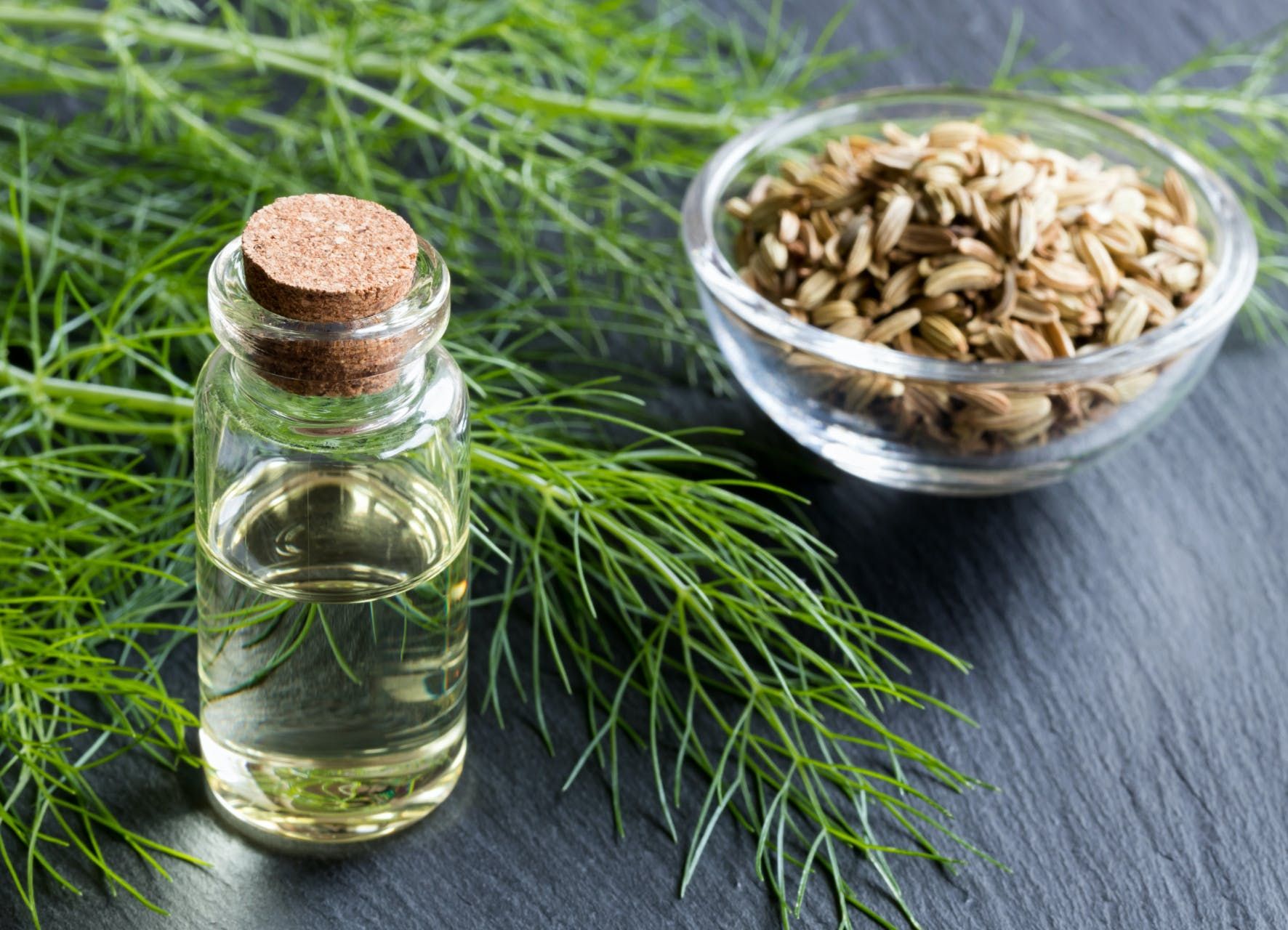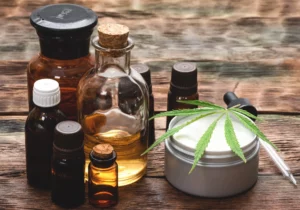If you’ve been reading up on cannabis, you’ve probably found a lot of information out there about the cannabinoids tetrahydrocannabinol (THC) and cannabidiol (CBD). These natural chemicals are the most plentiful active ingredients in the cannabis plant, and they get a lot of attention.
But did you know that marijuana’s other active ingredients—terpenes—also play a big role in the therapeutic effects, smell and taste of cannabis? These fragrant components are so important that they can make the difference between your favorite and least favorite marijuana strains.
FOLLOW US ON FACEBOOK & INSTAGRAM
In our series on terpenes, we’ve been going over some of the most common terpenes, like:
- Myrcene
- Limonene
- Beta-caryophyllene
We recently began covering some lesser-known terpenes like geraniol. Now, we’ll go over another powerful terpene that isn’t well known: camphene.
What Are Terpenes?
Cannabis is a plant that’s full of active ingredients. Researchers have identified more than 400 chemical components in cannabis. And this includes over 60 cannabinoids, such as THC and CBD.
But cannabinoids aren’t the only chemicals that create marijuana’s many effects. Around 200 of the identified compounds are terpenes, a different class of chemical that’s responsible for much of the smell and taste of different cannabis strains.
Research indicates that terpenes can be the biggest chemical factor in the experiential differences between cannabis strains. Not only do they provide cannabis with its wide range of scents and flavors, they also account for a large variety of cannabis’s therapeutic effects.
While cannabinoids are mostly unique to cannabis, terpenes are found in many places. They give flavor and aroma to plants, fruits, vegetables. Some insects can even produce terpenes.
Like cannabinoids, terpenes are subject to the entourage effect. This means that they work synergistically together and may cause different effects depending on the other cannabinoids and terpenes that they’re combined with.
What Is Camphene?
Camphene is a marijuana terpene that gives off a pungent, musky, earthy scent with piney undertones. Some say it’s reminiscent of damp earth or fir needles. It’s sometimes mistaken for myrcene, because the aroma is so similar to that of myrcene—and because myrcene is much more abundant in cannabis.
In addition to marijuana, camphene is found naturally in plants and spices such as:
- Conifer
- Nutmeg
- Ginger
- Rosemary
- Dill
- Caraway
- Hyssop
- Cypress
- Citronella
- Valerian
- Fennel
But camphene can also be synthesized from another cannabis terpene: pinene. Since pinene is more plentiful than camphene is, camphene is usually produced industrially through the catalytic isomerization of pinene. In other words, chemists rearrange the atoms in pinene to create camphene.
Camphene is used in:
- Fragrances
- Oils
- Topical creams
- Foods as an additive for flavoring
Back in the mid-19th century, it was also used as a fuel for lamps. But since the terpene is highly explosive in large amounts, folks abandoned camphene for this use.
Therapeutic Uses for Camphene
Camphene may also have important therapeutic benefits when used medicinally. While research is still in the very early stages—and without any relevant human studies—in vivo (in something that’s living) and in vitro (in the lab) animal studies on mice and rats point to potential therapeutic benefits of this potent terpene.
Camphene Shows Antioxidant Properties
Two studies point to potential antioxidant properties in camphene. One study from 2009, looked at whether camphene could be used as an antioxidant to battle pulmonary inflammation.
Oxidative stress is a critical factor in many cases of inflammatory lung diseases, so controlling for this could make a huge difference. The researchers found that treating stressed rat alveolar macrophages (a kind of white blood cell in the immune system that clears things like dust and other harmful particles in the lungs) with camphene resulted in:
- Increased cell viability
- Improved mitochondrial membrane potential
- Significantly decreased lipid peroxidation (free radical damage to lipids, or fats)
Researchers concluded that camphene has the potential to treat inflammation when oxidative stress is the control point.
A 2012 study also pointed to antioxidant properties in camphene. In this in vivo study, mice treated with 200 mg doses of camphene were able to more effectively manage free radicals in the body than the untreated controls could. Of course, more research is needed to know whether this antioxidant effect will translate to humans.
Camphene Appears to Regulate Heart Health
Camphene also shows promise when it comes to regulating cardiovascular health. A 2011 study looked at whether camphene could help reduce cholesterol and triglycerides—the two main causes for heart disease.
In this rat study, researchers found significant reductions in both cholesterol and triglyceride levels for rats treated with camphene. The scientists concluded that camphene merits further investigation as a lipid-lowering agent.
Again, this research is still in the early phases, and human studies are needed to evaluate whether this terpene would be an effective tool in the battle against heart disease. Still, initial results look promising that camphene could be helpful for regulating cardiovascular health.
Camphene Could Help Ease Pain & Inflammation
Camphene may also help reduce pain and inflammation. The same 2012 study that looked at camphene’s antioxidant properties also looked at its ability to reduce pain and inflammation.
Researchers in this study injected rats with substances that cause pain and inflammation. They found that rats that had been pretreated with camphene reacted with fewer signs of pain, such as writhing or face-rubbing, than the untreated controls did. So, researchers concluded that camphene may have pain- and inflammation-relieving properties.
How to Use Camphene
While camphene has a lot of potential medicinal uses, it’s important to remember that the research is in its early phases, and it’s not yet clear what the best treatment protocols would be to use camphene for any of the therapeutic uses covered here. If you’re interested in achieving a particular medicinal effect, it’s best to work with a doctor to make sure you’re on the right track.
Still, if you’re interested in trying out camphene, the best way to start is by sampling marijuana products and strains that already have camphene as part of the blend. Camphene is more common in indica cannabis strains than sativa strains, so that’s a good place to start. That said, viewing a marijuana strain or product’s test results is always the best way to find a particular terpene. In the absence of terpene testing, strains known to usually contain camphene include:
While isolated camphene is available, it’s not recommended that consumers use this directly. Camphene isn’t the safest substance to work with in isolate form. In addition to being highly combustible (remember that it proved to be too explosive to work well as lamp fuel), when concentrated by itself, camphene is considered harmful to inhale or ingest. It can cause irritation to the nose, throat, eyes or skin, and could be dangerous in higher doses.
For these reasons, it’s best to stick with natural sources of camphene like full-spectrum cannabis strains, or to consume high-quality marijuana products that contain safe and non-irritating levels of this potent terpene.
Photo credit: Madeleine Steinbach/Shutterstock.com
If you’re new to cannabis and want to learn more, take a look at our Cannabis 101 index of articles. And if you have questions about cannabis, ask them and our community will answer.






